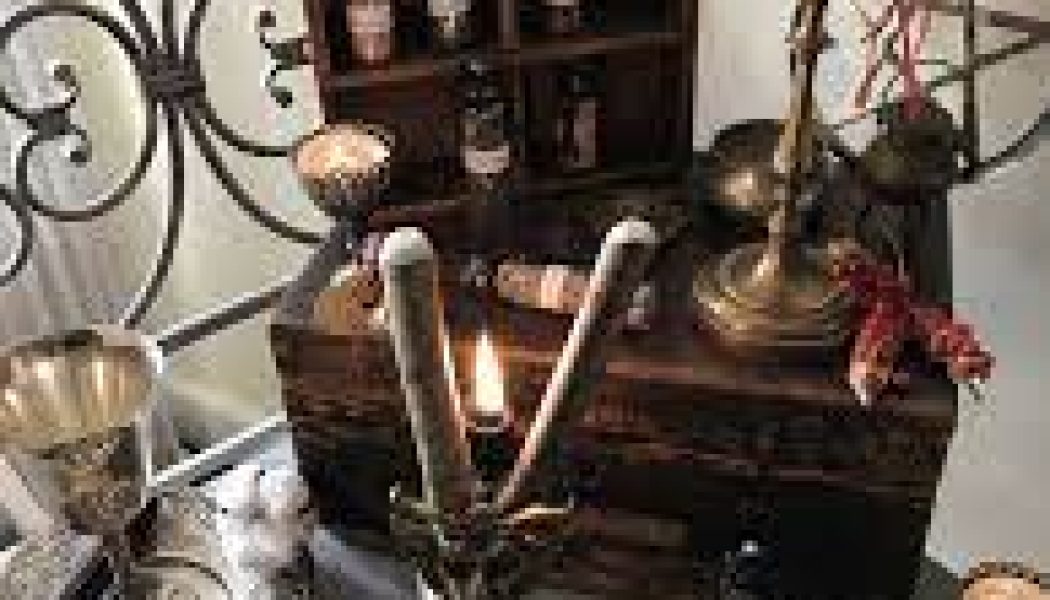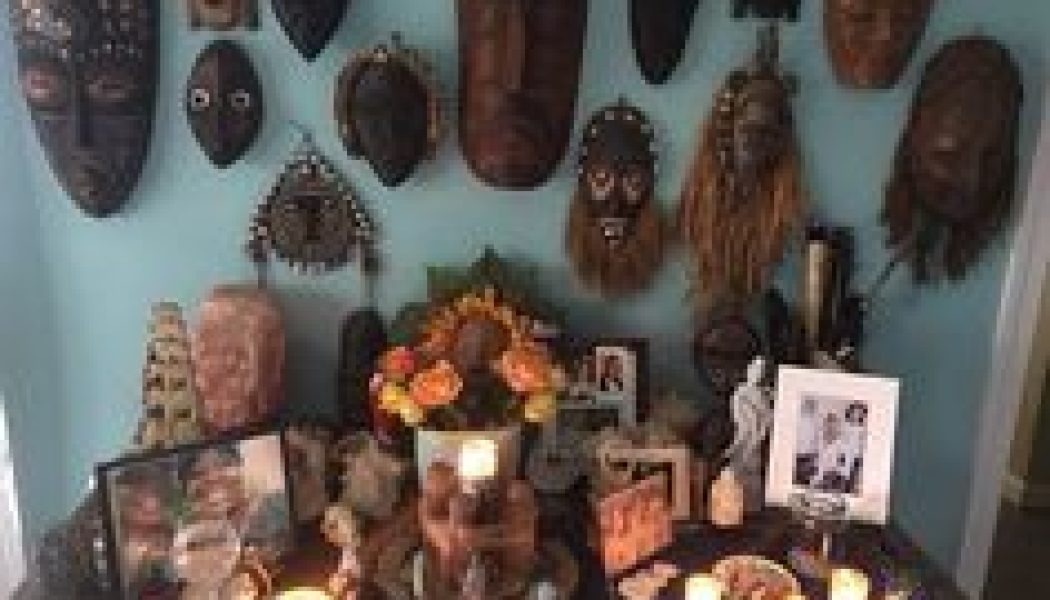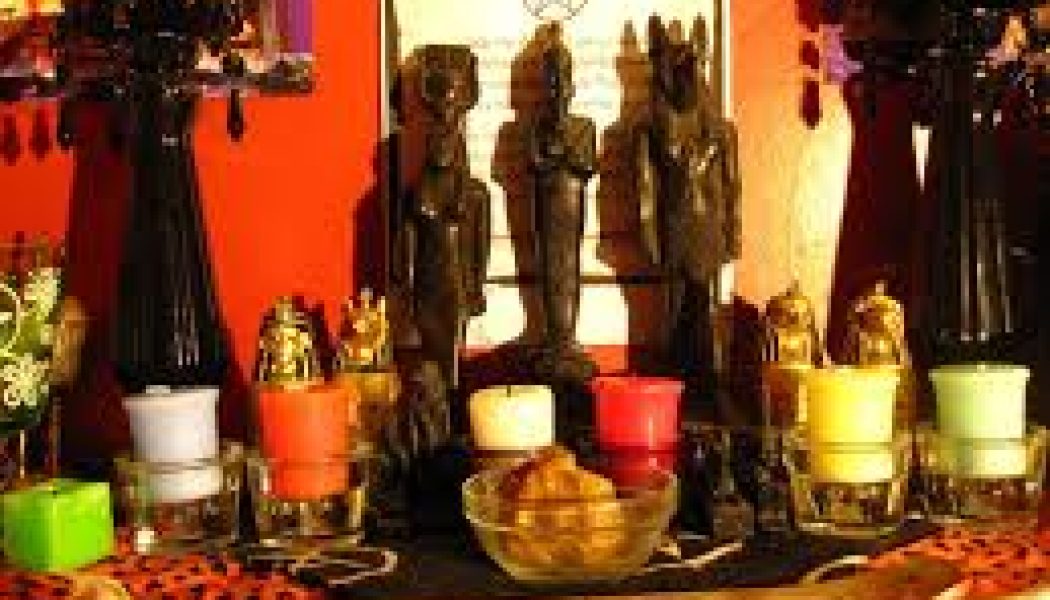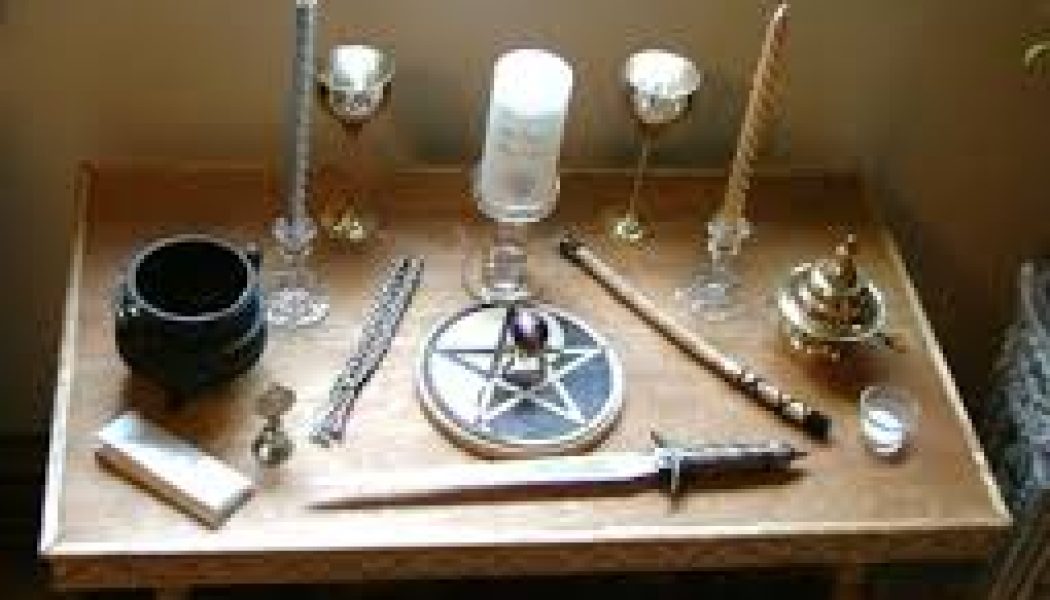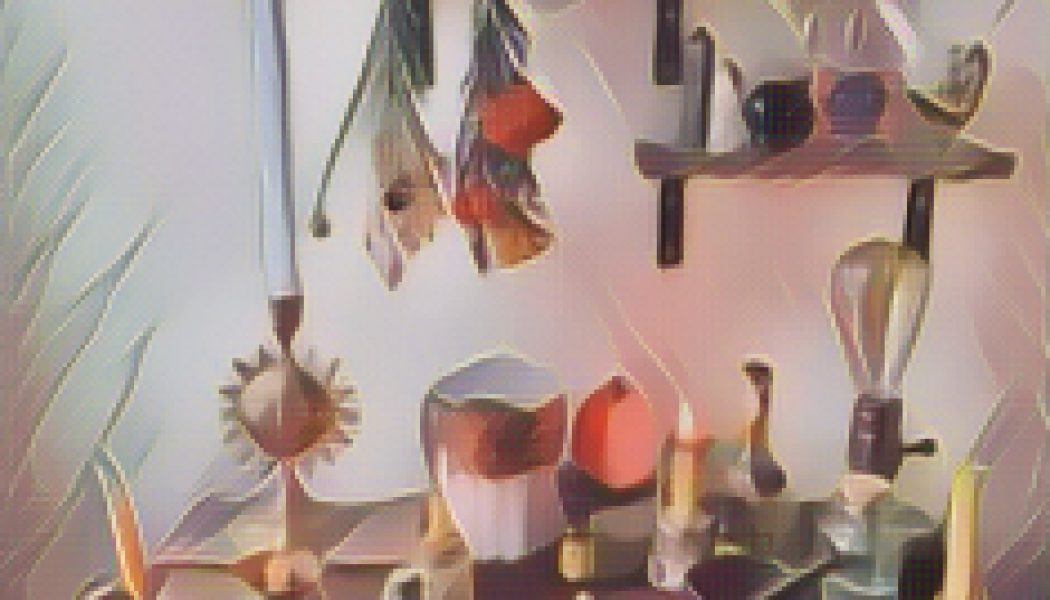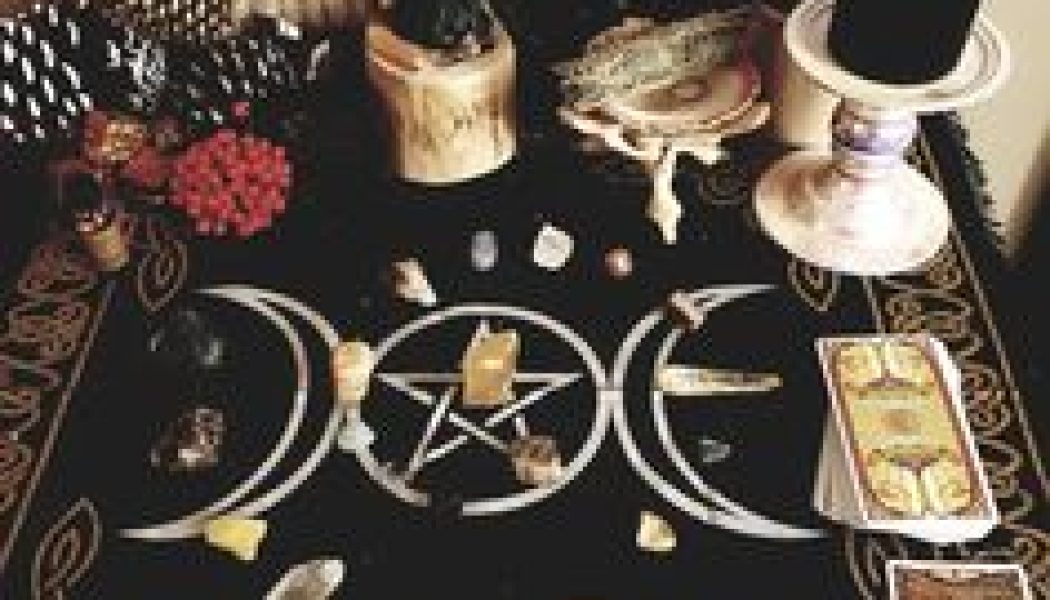Pagan Altar
Pagan Witches Altar
An Altar is an Elevated place where ceremonies are conducted and where offerings are made to a deity or deities. The altar has ancient associations with the Goddess and Mother Earth, who rule the whee...
Ancestor Altars
The Samhain season is a wonderful time to create an ancestor altar in your home. This can be a permanent dedicated space to honor your Beloved Dead year-round, or a temporary set-up for use during Sam...
Magical Ways, The Altar
In basics, an altar is known as a spell table or a magical work table. A great deal of magic does not need the presence of an altar, however certain rites and rituals may be further empowered wi...
Basic Tools for an Altar
First of all, it is important to remember that tools, herbs, candles, crystals and so on are not actually necessary to work magic. Your own energy and the power of your mind, as well as the blessings ...
Kitchen Altar
Kitchen witches spend much of their time in the kitchen, combining magic and cooking to create sacred food, spells and herbal remedies. The kitchen is therefore an ideal place to set up an altar, both...
Tips on using your Altar
To set up an altar, you will need some kind of large flat surface. A table or a cupboard will do. You can use the drawers for storage and cover it with a cloth. It does not really matter what shape th...
